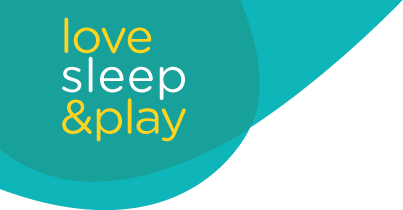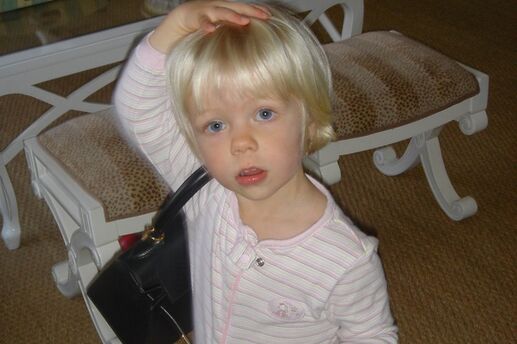How to Give a Healthy Baby Massage
Babies love to be touched, and newborns in particular can benefit from the gentle touch of your fingertips. Massage is a great way to relax and bond with your baby. Try these tips to master proper baby massage techniques.
1. Be aware of a tender tummy. Wait about 45 minutes after feeding your baby before starting a baby massage. Stopping to wipe away her spit-up can interrupt the peaceful flow!
2. Set the mood. Pick a tranquil environment, such as a warm room with low lighting. Lay your baby in a safe, flat place -- a soft blanket on the floor is your best bet.
3. Keep cozy. Some newborns may get cold and fuss if left naked for too long, so cover the parts of your baby’s body that aren’t being massaged.
4. Use firm fingers. Use the tips of your fingers and apply firm but gentle pressure. Place your baby on her tummy and start with 5-second strokes, moving from her head and neck down to her bottom, repeating 12 times. Flip her to her back and stroke her face, cheeks, chest, tummy, and limbs. You can also rub the soles of her feet and palms of her hands. Finish your baby’s massage by gently flexing and extending her legs and arms.
5. Follow your baby’s lead. If she’s unhappy with the rubdown, don’t feel like you need to continue. But if she’s smiley, cooing, or starts to fall peacefully asleep, you can make this baby massage a daily habit.







